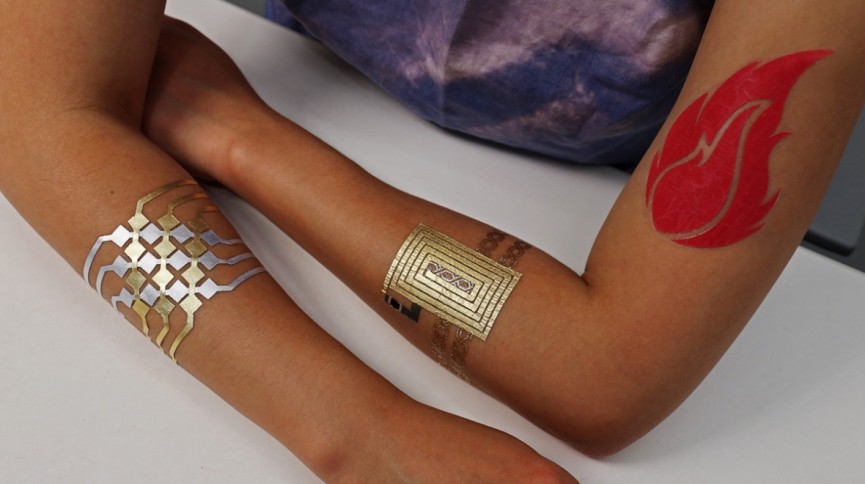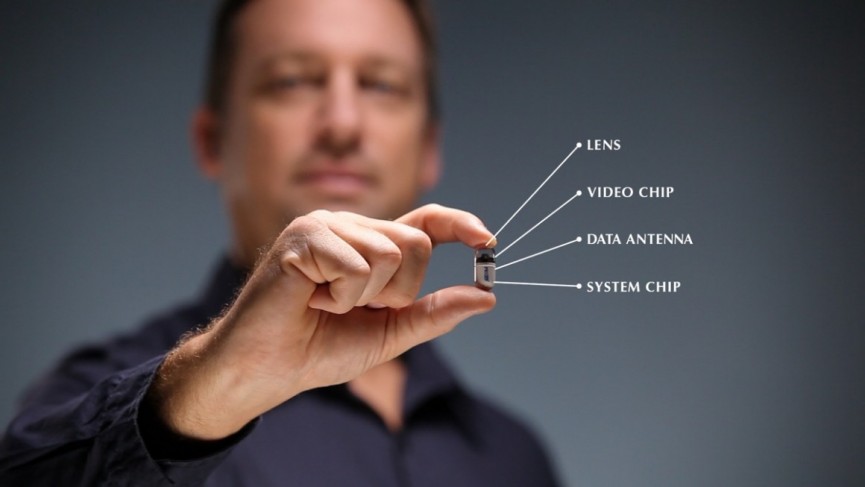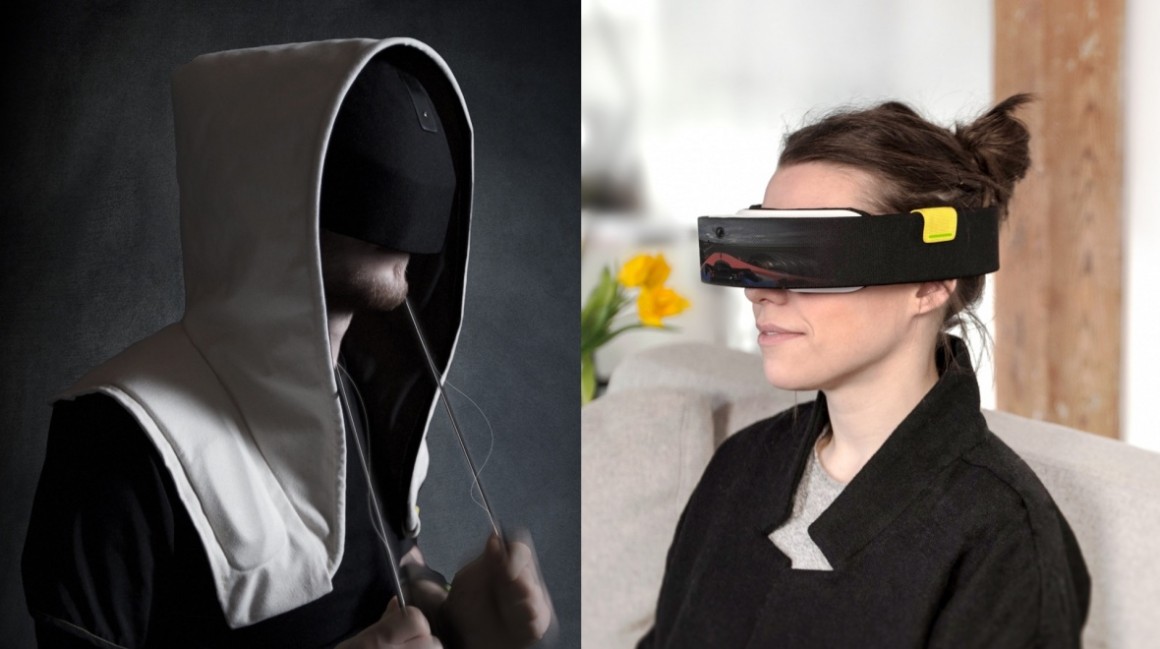Aesthetically, and in some cases functionally, most wearable tech design has been a complete and utter fail until the past 12 or so months.
But tech designed for the connected self, the connected body and the connected home is already changing how we interact with gadgets, apps, our own bodies and even other people in meaningful ways. We’re experimenting with new modes of interaction, fresh and getting used to tech etiquette fit for 2017’s devices.
Read this: How VR is tackling sexual consent
Here’s what product designers, creatives and technologists think of the current state of wearable tech, AR & VR and the smart home as well as where they think the next design challenges are coming from.
The Apple Watch is turning heads…
Everyone has an opinion on the Apple Watch – it’s by far the most visible piece of wearable tech we’ve seen in the past few years. Tim Cook and Jony Ive brought on designer Marc Newson to help shape the smartwatch’s now iconic design after Newson and Ive joined forces on the Jaeger-LeCoultre Memovox watch for a charity auction.
There was no big refinement to the watch body for the Apple Watch Series 2 though interestingly Google has since mimicked some of the most successful watch-loyal methods of interaction on Cupertino’s watch, including the digital crown.
“The Apple Watch has redefined what it means to interact with a small device, developing an interface that scales to your needs,” says James Ravenhall, creative lead at forpeople, which has worked on technology projects for LG, Panasonic and Fujitsu. “Apple produced a simple layout that is configured specifically to the physical semantics of micro gestures.”
…But aesthetics aren’t everything
Some see wearable tech as a transition technology that tech companies are experimenting with before we get to implantables, ingestibles and always-on, voice-controlled ambient computing.
In both wearable tech and smart home design, this will change designers’ focus to questions of longevity, durability and data.
“For me, the most interesting design questions relate to long-term use,” says Patrick Kalaher, VP of technology strategy at frog, which has collaborated on, amonst others, Mobvoi’s Ticwatch, the open source VR Care headset & UNICEF’s Wearables for Good challenge.
“Any kind of implantable device or one with a physical port inevitably means we must consider long-term wear and tear, along with the challenge of integrating a design created at a moment in time with technologies/designs that arise long after implant. How long can a maker guarantee that a device will be supported? What happens when the data service, cloud or otherwise, go dark?”
Is the gadget as we know it disappearing?
For the past few years, the conversation is slowly turning to “invisibles” and tech disguised as accessories, clothing or home appliances and objects that we own and wear and use anyway.
When we visited the Austin R&D studio of Fjord (formerly Chaotic Moon) last year, projects around its Invisible UI concept were everywhere. Creative technologist Eric Schneider was using haptic vibrations to explore the behavioural design idea of the power of “nudge” to help us stick to new habits, for instance, or aid busy hospital doctors.
“When the doctor leaves one room from dealing with a patient, they will get a haptic alert or see a blinking LED to remind them to wash their hands,” he explained. “We can even set it up so that if they then shake hands with another member of staff, they are nudged again.”
Back in the smart home, voice controls are bound up in this paradigm shift. If you don’t have your own AI assistant, where does this leave you?
“For me the $64,000 question is, ‘which devices are going to work most effectively with the largely voice-controlled ‘GAFAM’ (Google, Apple, Facebook, Amazon, Microsoft) services?’ says Kalaher.
“It will be difficult to create a unique experience that doesn’t have to integrate with, or compete with, these services. If, say Apple, is determining a large part of the user experience through Siri, the iPhone, the Apple Watch, how can brands compete and differentiate themselves?”


In terms of competing with the tech giants, the slow but sure rise of ambient computing has opened up space in interaction and experience design. The time to experiment, for everyone from MIT to ambitious crowdfund startups, is now.
“The development of projects like Soli, touch-less interaction achieved through micro radar, strip away the need for physical inputs opening a new aesthetic of inherent ambiguity,” says Ravenhall. “This provides a wealth of possibilities within the wearable tech market as it directly concerns the relationship between user and the disappearing physical product.
“Designers will no longer be solely concerned with physical styling and detailing but perhaps finding stories and meaning through interface, material quality and process.”
VR has its own set of design problems

One of our favourite recent projects was design and innovation firm Artefact’s VR 2020 headset and accessory concepts, which investigated how to provide both solitary and social virtual reality experiences.
According to Artefact’s Emilia Palaveeva, “The role of design will be to make sure that in the excitement of the new experience, we remain true to what makes us human — our connection with others.”
When working in virtual reality, both hardware and software require a rethink: “In a VR experience, things that we have taken for granted — our own identity, our understanding of time and space, our position in the environment — can suddenly be flipped upside down. While some of the laws of physics still apply (optics), others are often disregarded (gravity).”
You can’t disregard the body
On the theme of what makes us human, one challenge which the industry is facing now and one that won’t go away is our vastly varied, sweaty, squishy, vulnerable bodies. Health tech, in particular, needs to give this issue the attention and resources it deserves.
Read this: Five design concepts to help us grow old with sci-fi flair
“There is no average human body,” says frog VP Kalaher. “It’s well understood that each of us has a different physique and needs.
“One consideration for worn devices that sit directly on the skin, or pierce it in order to access tiny samples of blood, is that human skin thickness and durability changes drastically with age. So, smart patches or tattoos that might work with 20 year-old skin could cause rashes or irritations with people in their 40s, 60s or 80s. This difference in skin elasticity and sensitivity varies so much that a smart patch for one age group might have to be completely different for another.”
Shop for recommended smart home tech on Amazon
Wareable may get a commission










